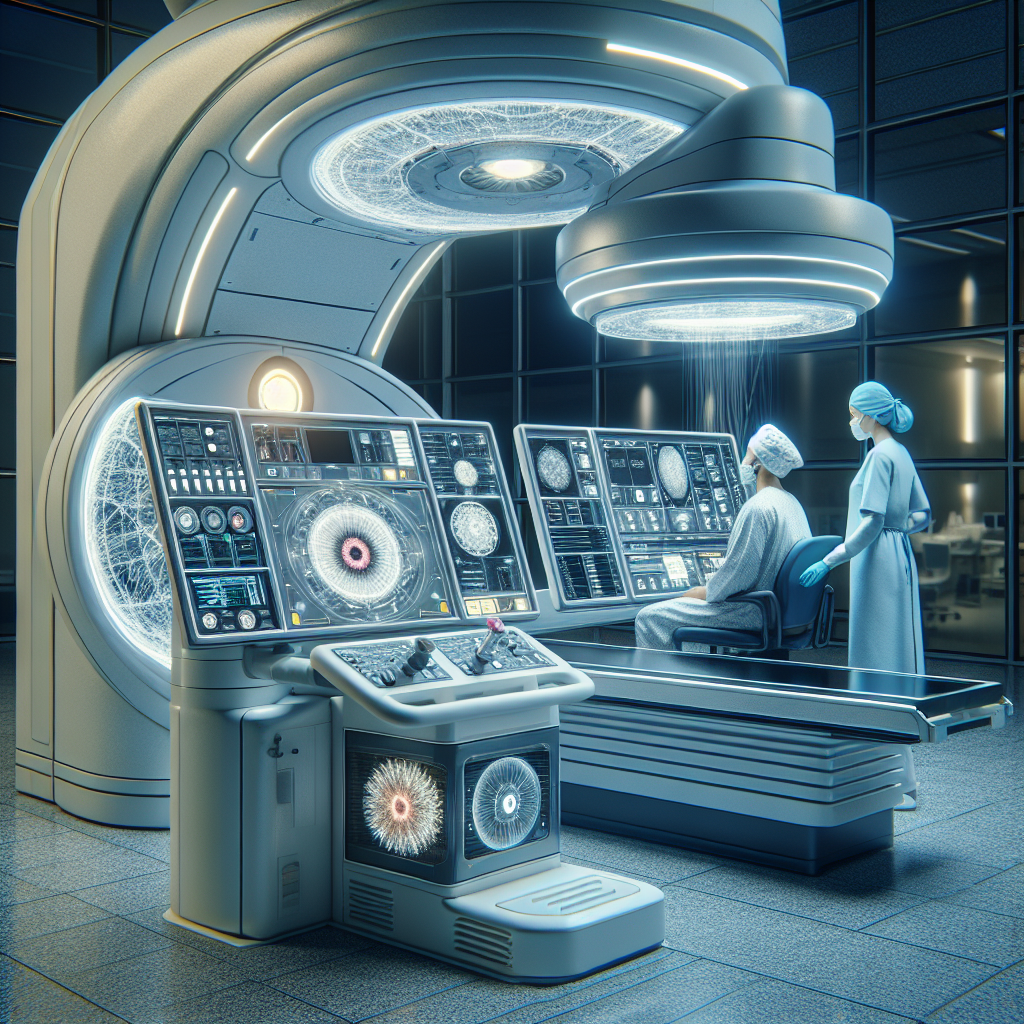IAEA and OPEC Fund Partner to Establish DRC’s First Public Radiotherapy Centre
The DRC project exemplifies the initiative’s mission—providing sustainable, locally owned cancer treatment capacity that saves lives and empowers health systems.

The International Atomic Energy Agency (IAEA) and the OPEC Fund for International Development have completed a joint technical mission to the Democratic Republic of the Congo (DRC), marking a major milestone toward the establishment of the country’s first public radiotherapy centre. The initiative, expected to treat at least 2,000 cancer patients annually, represents a transformative step in expanding access to life-saving cancer treatment in one of Africa’s largest nations.
A Strategic Partnership to Combat Cancer
The mission follows the 2024 cooperation agreement between the IAEA and the OPEC Fund to strengthen collaboration in tackling global challenges in health, food security, and energy, with a special focus on the IAEA’s “Rays of Hope” initiative. This global program seeks to bring radiotherapy and nuclear medicine services to countries where access remains limited or non-existent.
During the mission, experts from both organizations reviewed the investment and implementation plan for the new National Cancer Centre in Kinshasa. They assessed the proposed site, technical capacities, and infrastructure needs, as well as financial and environmental considerations to support funding proposals for the project.
The multidisciplinary team included IAEA radiation medicine specialists, health infrastructure analysts, and environmental, social, and governance (ESG) advisors from the OPEC Fund.
“A Historic Step for the DRC”
IAEA Director General Rafael Mariano Grossi, who visited the DRC in November 2023, called the project a defining moment for the country’s public health system.
“The Democratic Republic of the Congo is taking a historic step to bring radiotherapy to its people,” said Grossi. “Our strategic partnership with the OPEC Fund under the Rays of Hope initiative exemplifies how combining our strengths can unlock critical financing that will enable the country not only to establish a radiotherapy centre but also to build the national expertise and infrastructure needed to deliver sustainable cancer care for years to come.”
During his visit last year, Grossi met with President Félix Antoine Tshisekedi Tshilombo and laid a symbolic foundation stone for the upcoming centre—highlighting the government’s strong commitment to improving cancer care.
Tackling a Growing Cancer Burden
Cancer is a rapidly rising health challenge in the DRC. According to IAEA data, the country faces over 50,000 new cancer cases each year, yet has only one private radiotherapy centre to serve its entire population of nearly 100 million people. Many patients must travel abroad for treatment, a journey that is financially and logistically impossible for most.
Limited access to radiation therapy and diagnostic imaging significantly reduces survival rates and puts immense pressure on the country’s fragile healthcare system. The new public radiotherapy centre will therefore be a lifeline for thousands of patients, while also serving as a training hub for Congolese doctors, medical physicists, and technicians.
High-Level Engagement and Government Commitment
The joint IAEA–OPEC Fund mission met with key national authorities, including the Minister of Health, the Minister of Higher Education, Scientific Research and Innovations, the Deputy Minister of Finance, and senior officials from the Prime Minister’s Office. The delegation also held consultations with the Congo Cancer Control Programme (CNLC) and the Congo Atomic Energy Commission (CGEA).
Sombo Thérèse, Minister of Higher Education, Scientific Research and Innovations, reaffirmed the government’s determination to advance the project.
“This project is a top priority for the President of the Republic, and the Government is fully committed and mobilized to ensure its successful implementation without delay,” she stated.
A Model of Complementary Cooperation
Abdulhamid Alkhalifa, President of the OPEC Fund, emphasized how this partnership demonstrates the power of coordinated international action.
“The cooperation between the OPEC Fund and IAEA exemplifies how joining forces in a complementary way can deepen our impact. IAEA’s technical expertise in nuclear science and the OPEC Fund’s in-depth knowledge of countries like the Democratic Republic of the Congo are becoming a powerful combination in this project to combat cancer and improve healthcare,” Alkhalifa said.
The collaboration aims not only to finance the construction of the radiotherapy centre but also to strengthen national systems for oncology, expand access to nuclear medicine, and develop local human resources through training programs and technology transfer.
Building on IAEA’s Previous Work
The project builds upon earlier IAEA engagement with the DRC. In 2022, the Agency conducted an imPACT Review—a comprehensive assessment of the country’s cancer control capabilities—and recommended expanding and decentralizing cancer services. Following the review, the IAEA began assisting the DRC in developing national capacity in nuclear medicine and radiation oncology, preparing the groundwork for the new facility.
A Regional Turning Point for Cancer Care in Africa
Once operational, the Bac Ai radiotherapy centre in Kinshasa will stand as a regional model for sustainable cancer treatment infrastructure in sub-Saharan Africa. It will demonstrate how multilateral partnerships combining technical expertise and financial support can bridge healthcare gaps in developing nations.
The IAEA and the OPEC Fund both stressed that this initiative is only the beginning. Plans are already underway to explore future expansions, including decentralized cancer units in other provinces and the integration of diagnostic imaging technologies such as CT and MRI.
Rays of Hope: Global Vision, Local Impact
Through the Rays of Hope initiative, the IAEA works with over 40 countries to expand access to cancer care through radiotherapy. The DRC project exemplifies the initiative’s mission—providing sustainable, locally owned cancer treatment capacity that saves lives and empowers health systems.
As construction moves forward, the project will represent not only an investment in infrastructure but also in hope, equity, and human dignity—ensuring that Congolese patients no longer face the impossible choice between untreated illness and unaffordable care abroad.










